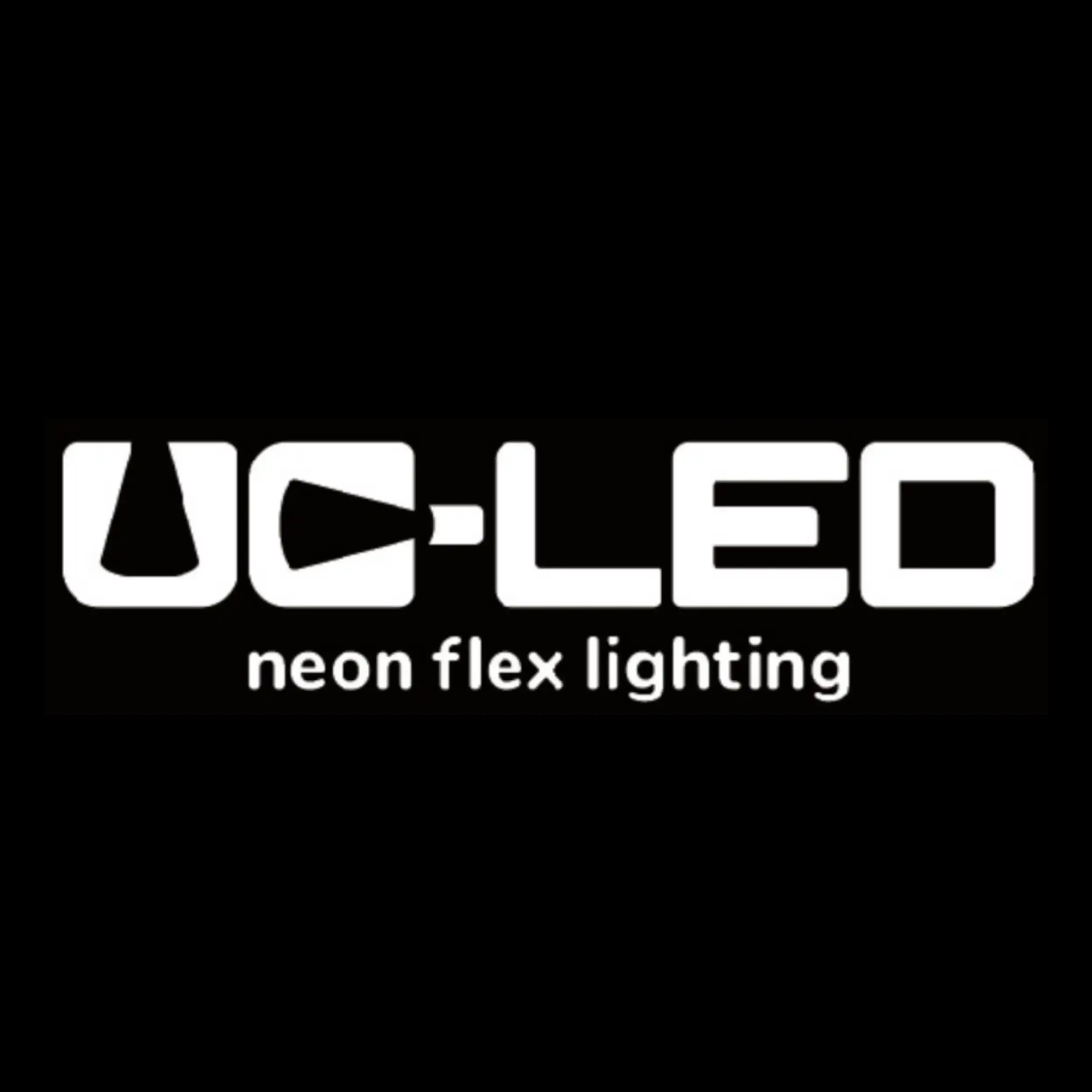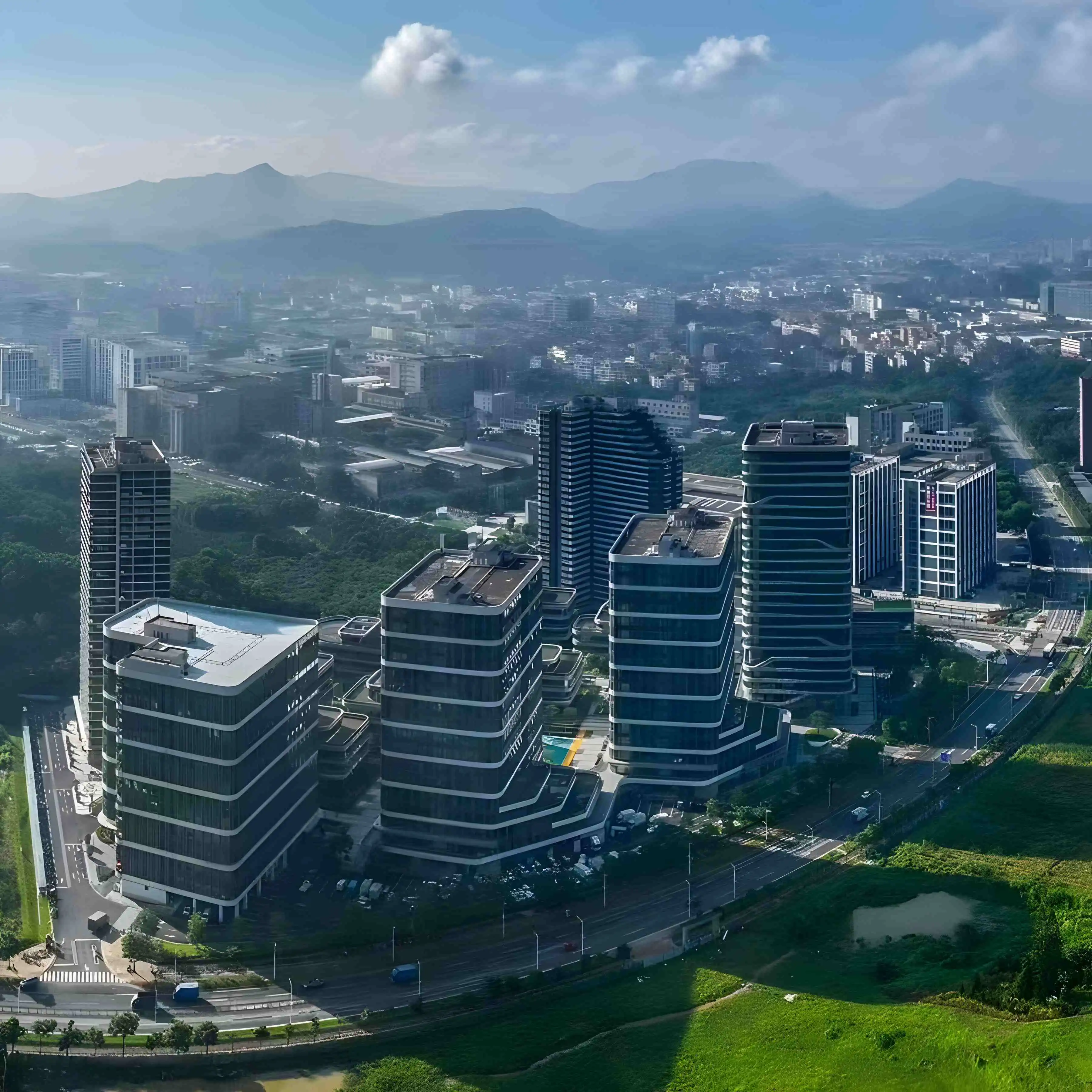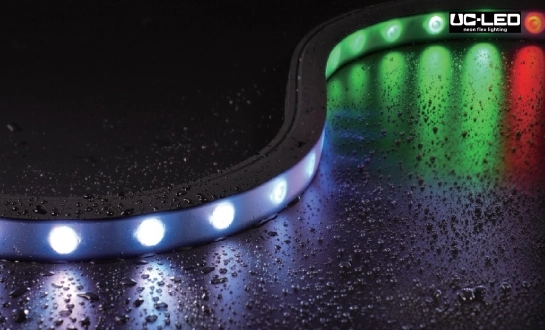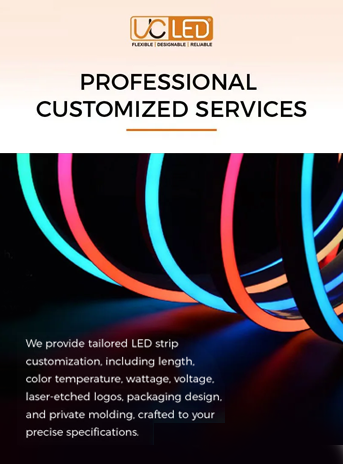Introducing Top Bend LED Neon Flex and Its Applications
Top Bend LED Neon Flex is a versatile lighting solution that has revolutionized the world of architectural and decorative lighting. This innovative product combines the flexibility of traditional neon with the energy efficiency and durability of LED technology. Unlike conventional LED strips, Top Bend LED Neon Flex is designed to emit light from the top surface, making it ideal for contour lighting applications.
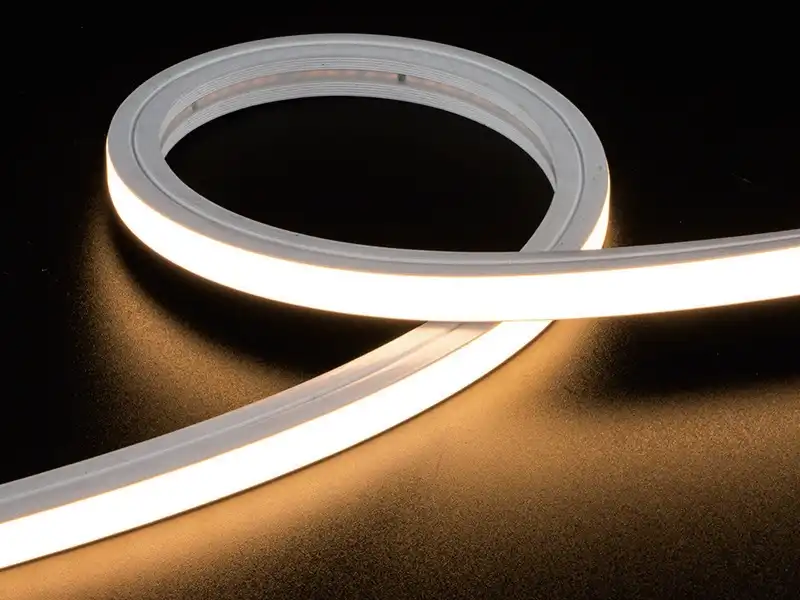
Key Features of Top Bend LED Neon Flex
Top Bend LED Neon Flex boasts several unique characteristics that set it apart from other lighting options:
- Uniform illumination with minimal hotspots
- Flexible design for creating intricate shapes and patterns
- Energy-efficient LED technology
- Long lifespan and low maintenance requirements
- Weather-resistant construction for indoor and outdoor use
- Available in a wide range of colors and color temperatures
Popular Applications for Top Bend LED Neon Flex
The versatility of Top Bend LED Neon Flex makes it suitable for a wide range of applications, including:
- Architectural accent lighting
- Signage and logo illumination
- Cove lighting and indirect illumination
- Decorative lighting for events and exhibitions
- Outline lighting for buildings and structures
- Retail display lighting
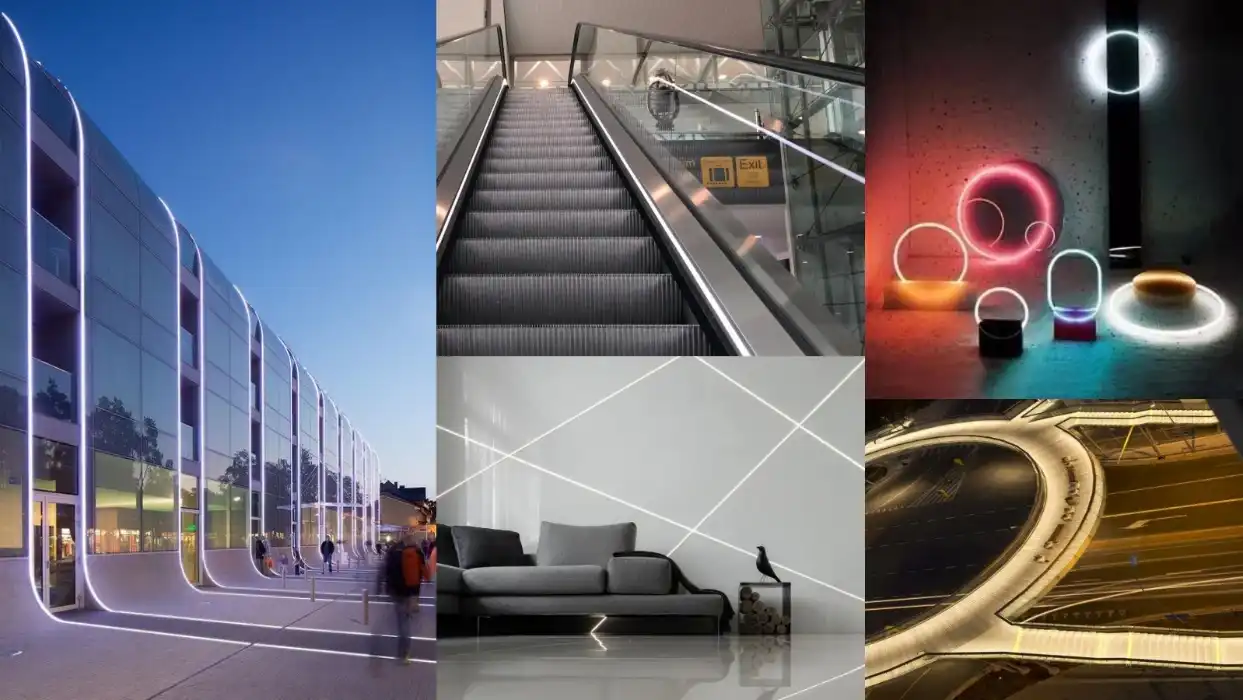
Factors Influencing the Bending Radius of LED Neon Flex
When working with Top Bend LED Neon Flex, understanding the factors that affect its bending radius is crucial for achieving optimal results in contour applications. Several key elements contribute to the flexibility and minimum bending radius of LED neon flex products:
Material Composition
The materials used in the construction of Top Bend LED Neon Flex play a significant role in determining its flexibility. High-quality silicone or PVC compounds are commonly used for the outer jacket, providing a balance between durability and flexibility. The choice of materials can impact the product's ability to conform to tight curves without compromising its structural integrity or light output.
LED Density and Spacing
The number of LEDs per meter and the spacing between them can affect the minimum bending radius. Higher LED density typically allows for tighter bends without creating noticeable gaps in illumination. However, it's essential to strike a balance between LED density and flexibility to ensure optimal performance and longevity.
PCB Design
The design of the printed circuit board (PCB) inside the LED neon flex strip is crucial for achieving a small bending radius. Flexible PCBs with strategically placed cuts or perforations allow for greater flexibility without compromising electrical connections. Advanced PCB designs can significantly reduce the minimum bending radius while maintaining consistent light output.
Product Dimensions
The overall size and shape of the Top Bend LED Neon Flex product can influence its bending capabilities. Generally, smaller profile sizes allow for tighter bends, while larger profiles may require a larger bending radius to prevent damage or light inconsistencies.
Best Practices for Achieving Optimal Bending Results
To ensure the best performance and longevity of Top Bend LED Neon Flex in contour applications, it's essential to follow these best practices:
Adhere to Manufacturer Specifications
Always consult the product datasheet and follow the manufacturer's recommendations for minimum bending radius. Exceeding these specifications can lead to damage, reduced lifespan, or inconsistent light output. If tighter bends are required, consider using a product specifically designed for smaller bending radii.
Use Proper Installation Techniques
When installing Top Bend LED Neon Flex, use gentle, even pressure to shape the product around curves. Avoid sharp bends or kinks, which can damage the internal components. For complex shapes, consider using mounting clips or channels designed for LED neon flex to provide additional support and maintain consistent curves.

Account for Temperature Variations
Remember that the flexibility of LED neon flex can be affected by temperature. In colder environments, the material may become less pliable, requiring a larger bending radius. Conversely, warmer temperatures can increase flexibility but may also make the product more susceptible to deformation if not handled carefully.
Plan for Expansion and Contraction
When designing contour applications, allow for slight expansion and contraction of the LED neon flex due to temperature changes. This is particularly important for outdoor installations or applications with significant temperature fluctuations. Proper planning can prevent stress on the product and ensure consistent performance over time.
Test Before Permanent Installation
Before finalizing any contour design, conduct a test installation to ensure the Top Bend LED Neon Flex performs as expected. This allows you to identify any potential issues with bending radius, light output, or overall aesthetics before permanent installation.
Conclusion
Understanding the recommended bending radius for Top Bend LED Neon Flex is crucial for successful contour applications. By considering factors such as material composition, LED density, and PCB design, and following best practices for installation, you can achieve stunning, professional results. When selecting a Top Bend LED Neon Flex supplier or manufacturer, look for companies with a proven track record of quality and innovation. Choose a manufacturer that offers comprehensive technical support and customization options to ensure your project's success.
source: LED Light
FAQ
Can I cut Top Bend LED Neon Flex to custom lengths?
Yes, most Top Bend LED Neon Flex products can be cut to custom lengths at designated cutting points. However, always refer to the manufacturer's instructions to ensure proper cutting and sealing techniques.
How long does Top Bend LED Neon Flex typically last?
High-quality Top Bend LED Neon Flex can last up to 50,000 hours or more, depending on usage conditions and proper installation.
Is Top Bend LED Neon Flex suitable for outdoor use?
Many Top Bend LED Neon Flex products are designed for both indoor and outdoor use, with IP ratings for water and dust resistance. Always check the product specifications for outdoor suitability.
Experience the Flexibility of Top Bend LED Neon Flex | QUAN HE
At QUAN HE, we specialize in manufacturing premium Top Bend LED Neon Flex solutions that push the boundaries of flexibility and performance. Our state-of-the-art factory combines advanced technology with expert craftsmanship to deliver superior products tailored to your specific needs. Experience the QUAN HE difference with our customizable, high-quality LED neon flex options. Contact our dedicated team today at Linda@uc-led.com to explore how our innovative lighting solutions can elevate your next project.
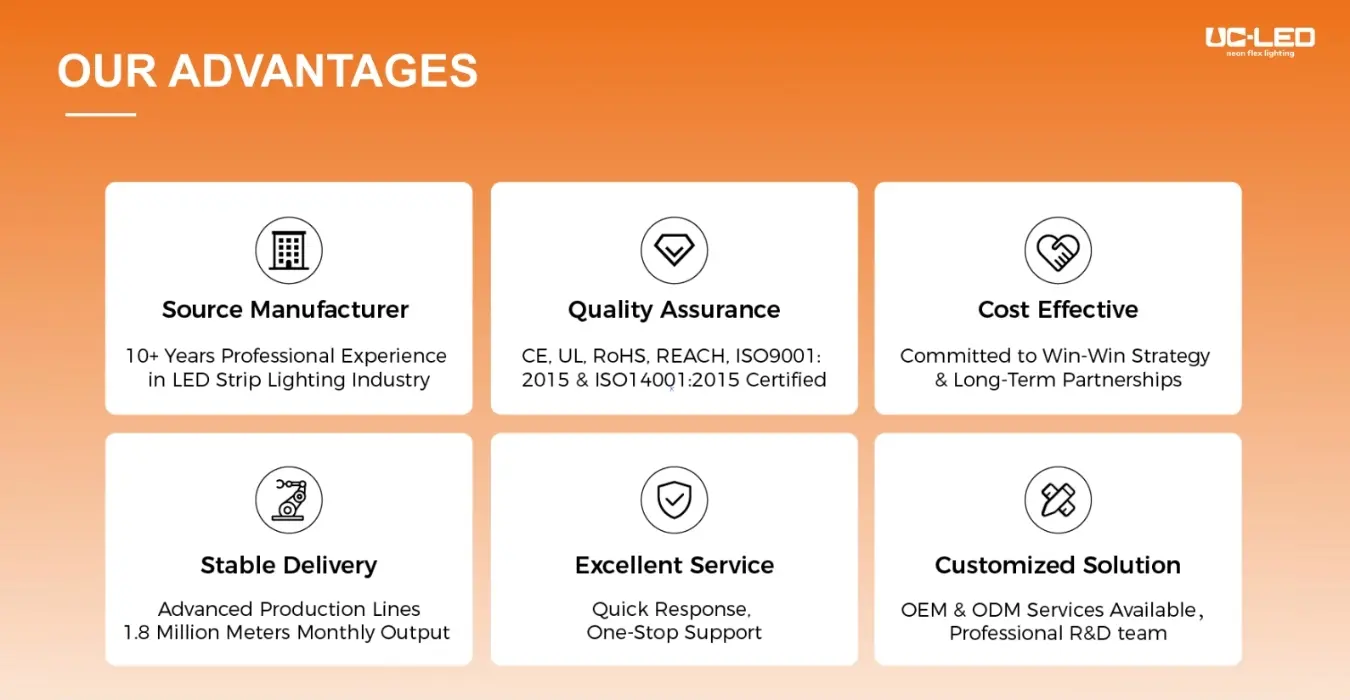
References
1. Johnson, L. (2022). Advanced Techniques in LED Neon Flex Applications. Illumination Engineering Society Journal, 45(3), 78-92.
2. Smith, R. & Brown, T. (2021). Flexible Lighting Solutions: A Comprehensive Guide to LED Neon Technology. Architectural Lighting Press.
3. Zhang, Y. et al. (2023). Optimizing Bending Radius in LED Neon Flex for Enhanced Performance. Journal of Solid-State Lighting, 12(2), 156-170.
4. Anderson, K. (2022). The Future of Contour Lighting: Innovations in LED Neon Flex Design. Lighting Research & Technology, 54(4), 301-315.
5. Lee, S. & Park, J. (2023). Material Advancements in Flexible LED Lighting Systems. Advanced Materials for Optoelectronics, 8(1), 45-59.
